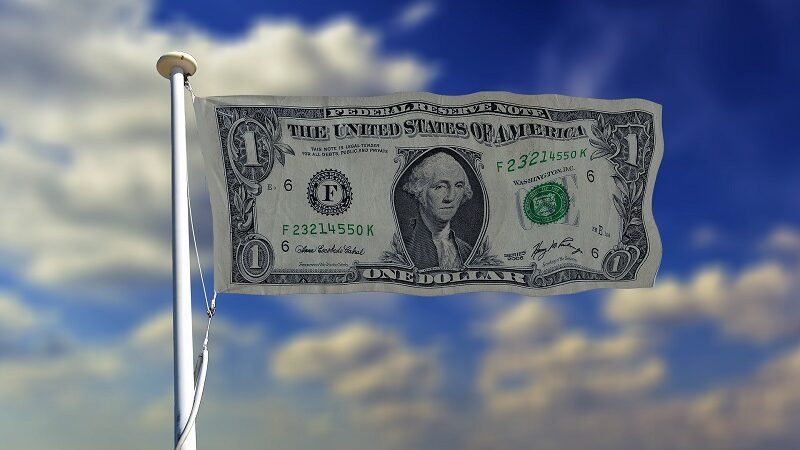The U.S. Federal Reserve (Fed) has pursued an ultra-loose monetary policy since the beginning of the Corona pandemic. But this could soon come to an end and put the brakes on the current rise in inflation. An increase in the key interest rate is already planned.
Currently, the U.S. Federal Reserve is buying up $120 billion worth of bonds every month. The reason is the Corona pandemic, since the start of which the Fed has pursued an ultra-loose monetary policy.
Bye-bye, ultra-loose monetary policy!
But that could soon be over, as Fed Chairman Jerome Powell has now announced at a press conference in Washington. Since the economy is currently recovering very quickly from the pandemic, the Fed would “think about scaling back bond purchases.”
According to the Handelsblatt, experts believe that Powell could go into more detail about his change of course at the central bank meeting in Jackson Hole in August 2021.
In Washington, meanwhile, he announced that he did not want to rush into anything and that he would inform investors “well in advance” about the reduced bond purchases.
We will do everything we can to avoid a market reaction.
Fed to raise key interest rate by 0.5 percentage point
The key interest rate is also expected to rise in two steps by a total of half a percentage point by 2023. Previously, this was not expected until a year later. This also means a departure from the zero interest rate policy.
But the U.S. economy could already grow by seven percent in the fourth quarter of 2021 compared with 2020 – more than was still expected in March. Expected inflation is also expected to be higher than previously thought. It could reach 3.4 percent by the end of the year, up from estimates of 2.2 percent in March.
As the economy opens up, changes in demand can be strong and quickly felt.
According to Powell, this is already evident in the movement of some prices – an effect that will grow.
Core inflation and perceived inflation at record levels
However, the chief central banker also gives the all-clear. It is possible that inflation will be higher and last longer. However, he continues to expect prices to stabilize again in the near future.
Core inflation in the U.S. was a whopping 3.8 percent in May, the highest since 1992. The calculation of core inflation excludes prices for food and energy costs, as these usually fluctuate more strongly.
Perceived inflation in Germany is currently even higher. It also includes food and fuel – in other words, those goods that are bought particularly often.
According to calculations by the major Italian bank Unicredit, perceived inflation rose to 4.1 percent in May – the highest level in nine years, according to Germany’s chief economist Andreas Rees. The officially measured inflation rate in Germany is currently 2.5 percent.










